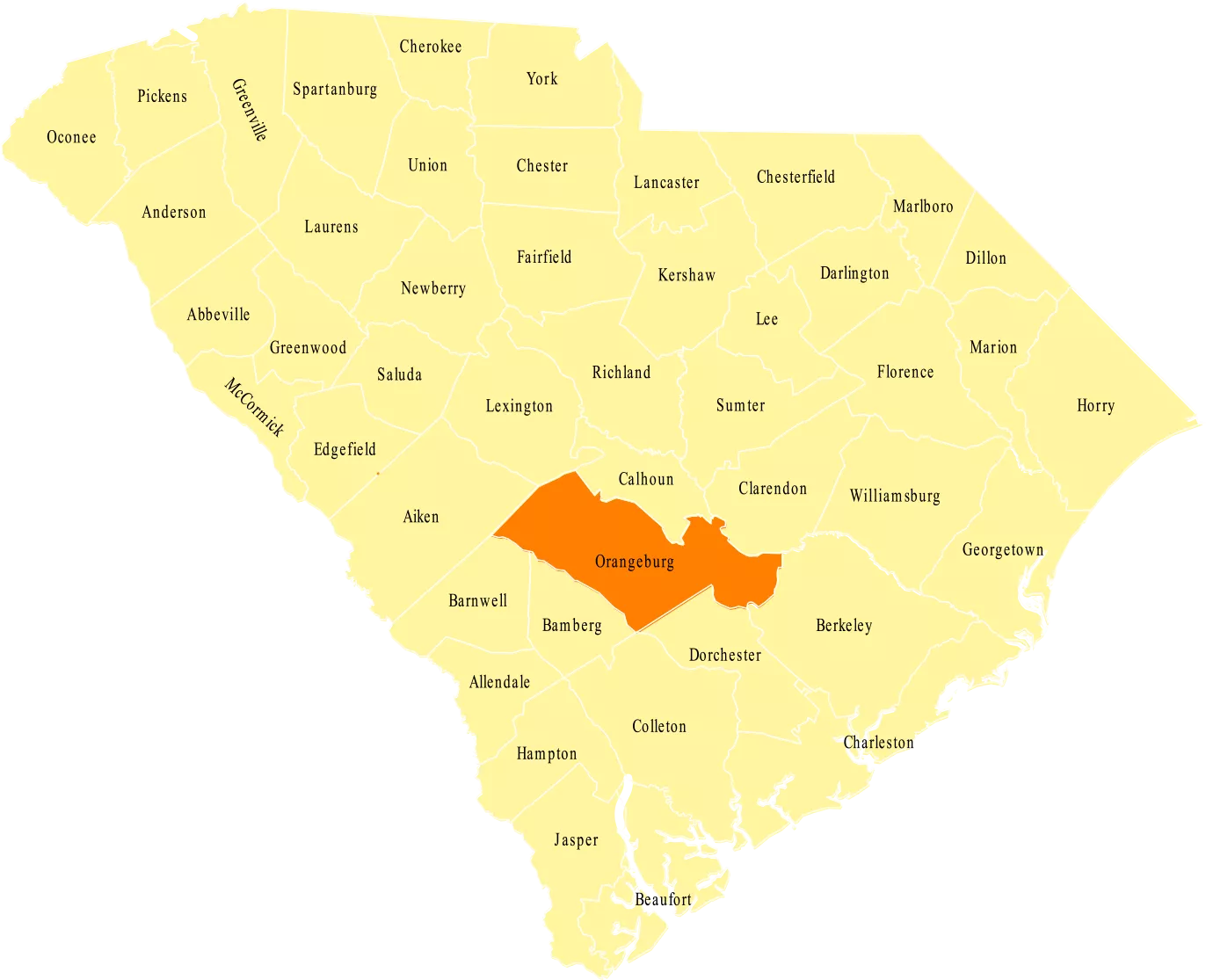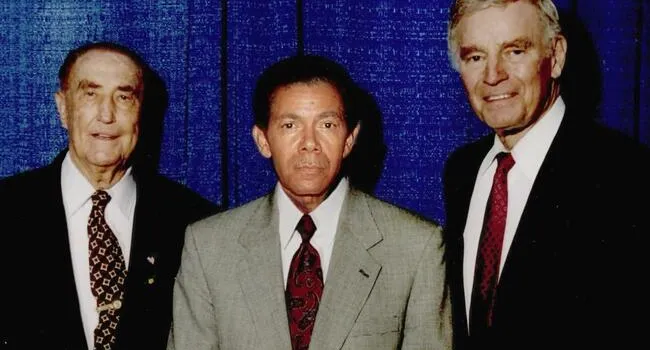
Video
Eartha Kitt's journey from a small town in South Carolina to international stardom is a testament to her extraordinary talent and resilience, celebrated annually on Eartha Kitt Day in her home state...
Orangeburg County was founded as Orangeburg District in 1769. The county and county seat’s namesake was William IV, otherwise known as the Prince of Orange. Notable residents include Tony, Grammy, and Emmy nominee Eartha Kitt.
The lands now known as Orangeburg County were first settled by Swiss and German farmers in the early 18th century, with English settlers from the Lowcountry arriving soon after. In the 19th and 20th centuries, the district became smaller as lands were taken to create the Barnwell and Lexington Districts as well as Aiken and Calhoun counties.
Both the Revolutionary War and the Civil War had an impact on the county. The last battle of the Revolutionary War fought in South Carolina, the battle of Eutaw Springs, occurred in Orangeburg County. Additionally, Sherman’s troops traveled through the county during the Civil War. Orangeburg County also made history as the home of South Carolina’s first railroad junction in 1840. Unfortunately, the county is likely best known for the Orangeburg Massacre, when South Carolina police killed three South Carolina State College students involved in a civil rights demonstration in 1968.
In the 19th century, large cotton plantations began to appear in Orangeburg County, and cotton remains one of the main crops grown in the area. Recently, the economy has experienced growth due to its location between Columbia and the port of Charleston. Record-breaking development has occurred in industry, especially manufacturing, as well as retail.
About Eartha. Accessed June 10, 2016. http://www.earthakitt.com/eartha/
Economic Development. Accessed June 10, 2016. http://www.orangeburgchamber.com/
Welcome to Orangeburg County. Accessed June 10, 2016. http://www.orangeburgcounty.org/

Video
Eartha Kitt's journey from a small town in South Carolina to international stardom is a testament to her extraordinary talent and resilience, celebrated annually on Eartha Kitt Day in her home state...
Lesson
Scavenger Hunt for the Cecil Williams South Carolina Civil Rights Museum

Lesson
This resource was created to engage students in the viewing of "The World of Cecil"documentary. This guide covers part two of the series.

Video
Cecil Williams, a prolific photographer, captured the essence of the South Carolina Civil Rights movement. Starting at age 9, his talent led to early bookings for events. As a Jet magazine...
Video
Cecil Williams's SC Civil Rights Museum is a significant archive of civil rights history, preserving photographs and artifacts from the movement.
Video
On February 6, 1968, a violent clash occurred between SC State University students and law enforcement, with police beating and opening fire on the unarmed students. Three students were killed, and...
Video
Learn about the hospital strike in Charleston, SC, where hospital workers - predominantly Black women fought for fair pay and better working conditions. Coretta Scott King, wife of the late Dr. Martin...
Video
Learn about the pivotal role students and community leaders in Orangeburg, SC played in the struggle for civil rights. The Civil Rights Movement expanded across the state, including significant sit...
Video
Harvey Gantt’s arrival at Clemson University in 1963 officially marked the end of segregation at the university. Equipped with his camera, Cecil Williams was there to capture that historic moment.
Video
Learn about the complex relationship between Cecil Williams and Strom Thurmond, a prominent figure in South Carolina politics with a history of segregationist policies.